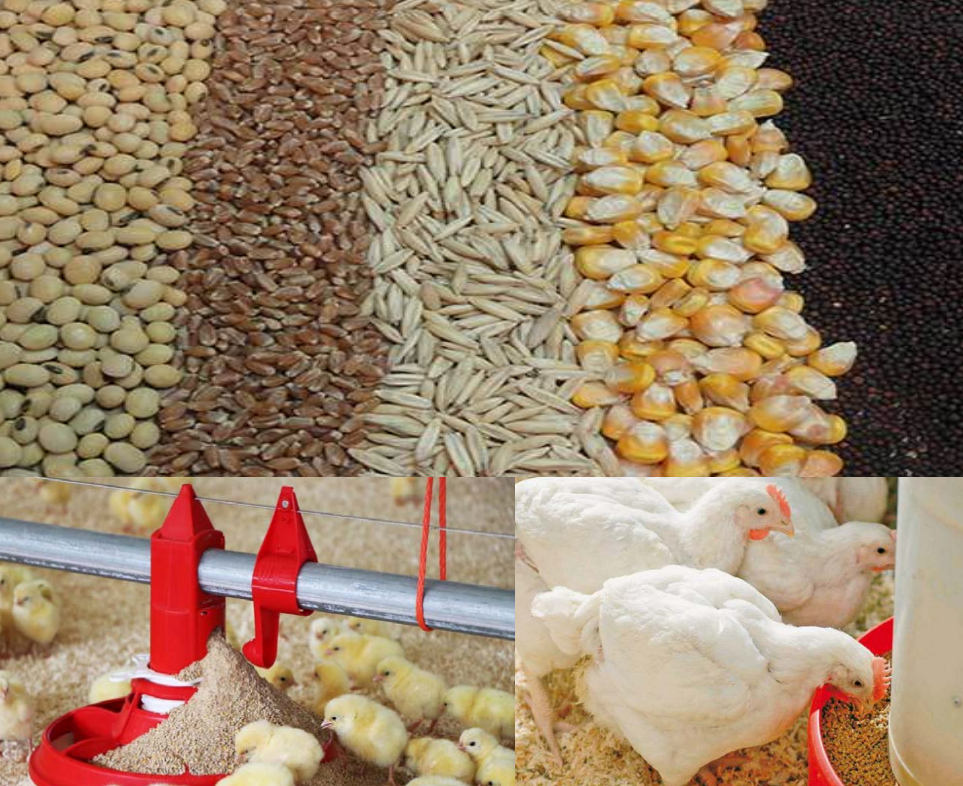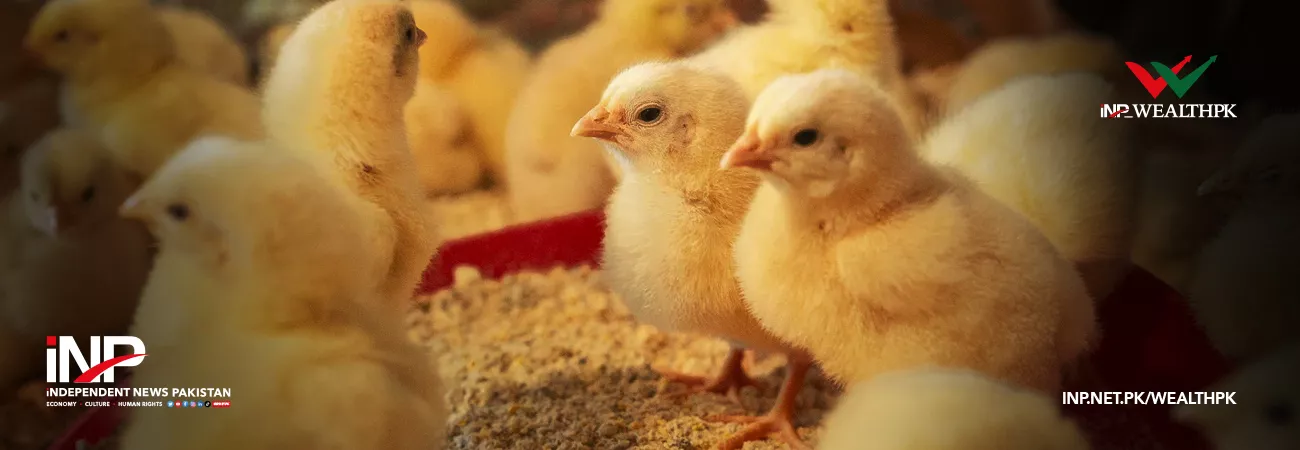INP-WealthPk
Arsalan Ali

The poultry feed sector plays a crucial role in maintaining food security, as it occupies a central place in the poultry meat supply chain. The recent hike in interest rates presents a formidable challenge to the industry's profitability, with 75% of total borrowing being comprised of short-term loans. A recent report of Pakistan Credit Rating Agency highlighted that poultry feed turnover grew by 6.7%, reaching Rs111 billion in the fiscal year 2021-22, compared to Rs104 billion in the previous fiscal year.
This growth underscores the significance of the poultry feed sector to the national economy. The report highlighted that the sector is subject to credit risk, with poultry feed being primarily used in controlled sheds, where 90% of sales are conducted on credit. This puts all players in the sector at risk of credit-related issues. The report stated that the poultry feed sector in Pakistan is highly competitive, with 150 registered feed mills and an additional 200 unregistered mills serving the industry.
It said the poultry feed’s key ingredient, maize, is grown mainly in the province of Punjab, which is highly dependent on the nature of climate, whereas other key inputs like soybean meal are mostly imported. Despite these challenges, the sector has a strong presence, with an estimated production capacity of 1.9 million tons in FY22, the report said. It highlighted the importance of maize and soybean as major raw materials for the sector, noting that their availability and price linkages to the international market significantly impact the costs faced by feed millers.
The report pointed out that maize, in particular, plays a crucial role in the agricultural economy of Pakistan, being the third most important cereal crop after wheat and rice, and contributing 3.2% to the value added in agriculture and 0.7% to gross domestic product (GDP). The report said that in FY22, maize was cultivated on an area of 1.653 million hectares compared to 1.418 million hectares the previous year, showing a growth of 16.57% on a year-on-year (YoY) basis. The production grew by 19% to 10.635 million tonnes in FY22 compared to 8.94 million tonnes in FY21.
The report highlighted the self-sufficiency of Pakistan in meeting its maize demand, however, it also brought to light the sector's vulnerability to fluctuations in international maize prices. Despite being locally procured, the report suggested that the local maize prices are heavily influenced by international prices. On the other hand, the local production of soybean seed is minimal, and the country meets its demand through imports. The report said this dependence on imported soybean can put the sector at risk and highlights the importance of promoting and supporting local agriculture to increase self-sufficiency. This exposes the sector to changes in international prices and exchange rates as well.
The report shed light on the current financial standing of the poultry sector as of November 2022 with total borrowings recorded at Rs48.497 billion, depicting an increase of 6.4% compared to Rs45.570 billion in November 2021. It said the short-term borrowings constitute a substantial portion of the sector's total borrowings and are utilised to support its working capital requirements. The report highlighted the negative impact of a 17% increase in policy rate on the poultry sector's profitability, and stated that 75% of the sector's borrowing is made up of short-term loans, exacerbating the impact of the policy change.
Credit : Independent News Pakistan-WealthPk




